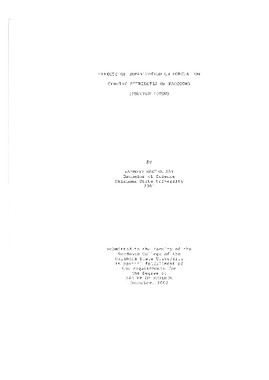| dc.description.abstract | Many wildlife populations have been affected as a result of increasing human population size and increasing urbanization. Urbanization destroys and fragments wildlife habitat which may alter feeding behavior, home range size and use, population densit.ies, and genetic structure of many species. Genetic variation, inbreeding, gene flow (i. e. genetic differentiation) and relatedness of an urban, suburban, and rural population of raccoons (Procyon lotor) were examined using 9 microsatellite loci. Significant genetic differentiation (FsT ) was detected between all populations. Genetic variation as defined by (HE) was not significantly different between the three populations. Inbreeding defined by Frs was significant ly higher in MMWF than in BUSSE but not in any other pairwise comparisons. Due to male-biased dispersal and female philopatry, females within BUSSE and GP were more related than males. Fragmentation caused by increasing urbanization alters feeding behavior, densities, and home range sizes of raccoons but not genetic attributes. | |
